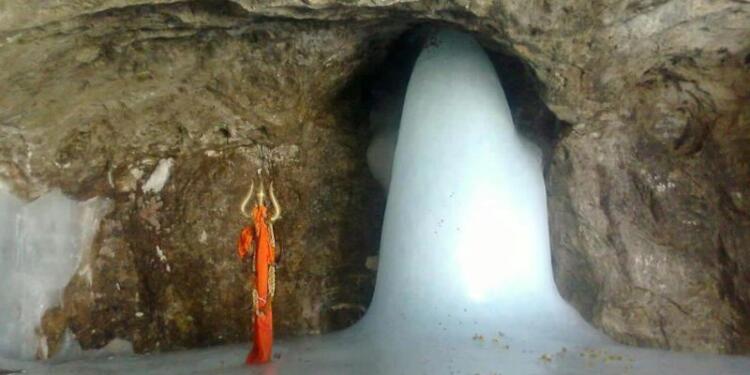In a sweeping security directive ahead of this year’s Shri Amarnathji Yatra, the Jammu and Kashmir Government has imposed a complete No-Fly Zone over all pilgrimage routes from July 1 to August 10, encompassing the entire yatra duration from July 3 to August 9. The unprecedented move is aimed at eliminating aerial threats and ensuring a safe passage for the lakhs of devotees expected to undertake the high-altitude spiritual trek this year.
Aerial Ban Across Entire Yatra Corridor
Issued under Government Order No. 316–HOME (ISA) of 2025, the directive prohibits the operation of all civilian and commercial aerial platforms, including drones, unmanned aerial vehicles (UAVs), aerial balloons, and any other flying objects, across the Pahalgam and Baltal routes.
The ban, which follows detailed security consultations with the Ministry of Home Affairs (GoI) and all central and UT-level security stakeholders, is intended to secure the sensitive airspace over the pilgrimage corridor that passes through some of the most rugged and vulnerable terrain in Kashmir.
Only Official Flights Cleared for Takeoff
The government clarified that the No-Fly Zone will not apply to official operations, which include:
Medical evacuations
Disaster relief efforts
Aerial reconnaissance and surveillance by official security forces
A detailed Standard Operating Procedure (SOP) governing these exceptions is expected to be released shortly to ensure accountability and operational clarity.
A Journey of Devotion Through Himalayan Risks
The Shri Amarnathji Yatra is one of the most significant annual events in the Hindu calendar, drawing lakhs of pilgrims from across India and beyond. The pilgrimage leads devotees to the Amarnath Cave Shrine, home to a naturally formed ice Shivling believed to represent Lord Shiva.
Pilgrims travel via two primary routes:
The Pahalgam Route (46 km): The traditional path, longer but scenic
The Baltal Route (14 km): Steeper, more direct, and physically demanding
Both routes involve traversing treacherous mountain paths, braving high altitudes, and enduring unpredictable weather conditions. Despite these challenges, the Yatra’s popularity continues to surge.
Record Turnout Expected in 2025
After seeing 4.5 lakh pilgrims in 2023 and 3.9 lakh in 2024, officials now estimate that over 5 lakh devotees may undertake the Yatra in 2025. This would mark the highest-ever footfall in the Yatra’s recorded history.
Authorities are preparing accordingly, expanding shelter infrastructure, increasing sanitation provisions, and streamlining digital tracking through RFID-based pilgrim monitoring.
Multi-Layered Security Architecture in Place
Given the volatile security environment in the region, the Yatra is guarded by an extensive security apparatus involving:
Over 60,000 personnel from the Army, CRPF, BSF, ITBP, and J&K Police
Real-time RFID tracking for each registered pilgrim
High-definition CCTV surveillance at critical points
Drone and satellite monitoring exclusively by government agencies
Officials remain wary of threats including potential terror attacks, drone-based disruptions, and natural disasters. The No-Fly Zone is designed to eliminate one major vulnerability: unauthorized aerial intrusion that could compromise crowd safety or be used for surveillance by hostile actors.
A Pilgrimage Protected From All Sides
For the government and security agencies, the Yatra is not just a religious event, it’s a mass-scale humanitarian and logistical mission, coordinated across dozens of departments and agencies.
“This is not simply a precaution, it’s a proactive strategy to ensure that every devotee returns safely,” said a senior official involved in Yatra planning. “Protecting this sacred journey is a national responsibility.”
With the skies now locked down and boots on the ground in place, preparations for the 2025 Amarnath Yatra are entering their final phase. As lakhs of devotees prepare to ascend toward the holy cave in search of spiritual peace, they’ll do so under what may be the most secure and closely managed Yatra in recent history.































